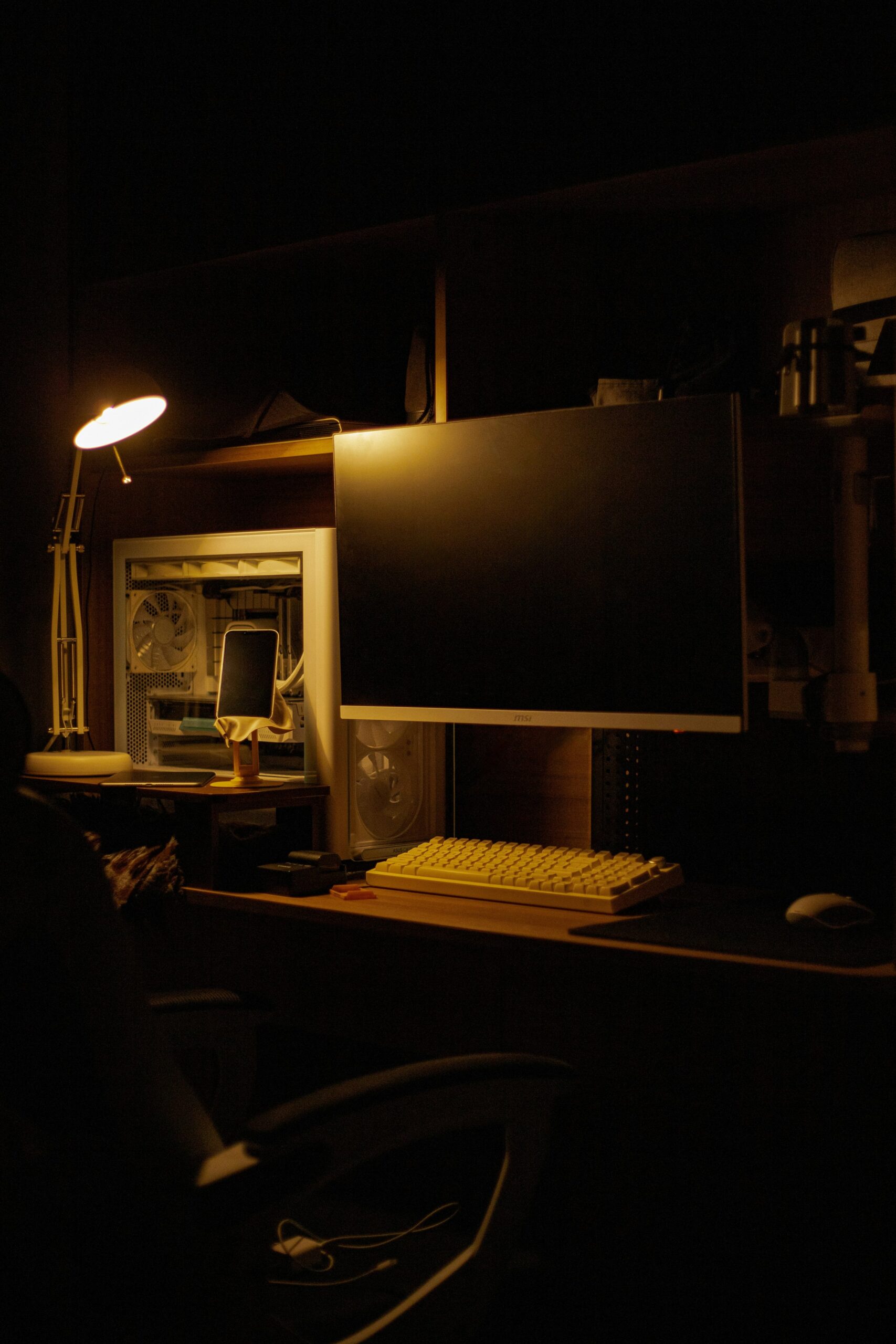Most people assume AI researchers spend all day buried in code, math, and research papers—and to be fair, that’s mostly true. My world is filled with neural networks, optimization problems, […]
Scientist Who Teaches Machines to Feel
By day, I write code that teaches machines to understand language. By night, I write poetry about the very robots I help build. Some people call it ironic — I […]
Circuits and Sonnets — Where Code Meets Emotion
By day, I’m an AI researcher — buried in algorithms, datasets, and neural networks that try to mimic the human mind. By night, I write poetry about robots. Not the […]
Arranged Lines
They said to register on mudaliyarkannalam.com, “Your match is waiting,” promised the header; calm, with filters for caste, income, skin tone, and height, and a checkbox for “Willing to move […]
A Sonnet for My Overfitted Friend
I once trained a model that loved too well. Not literally, of course. But the behavior was clingy. It memorized everything, verbatim. Every line of Shakespeare, every product review, every […]
My Neural Nets Write Code. I Write Eulogies.
I spend my days inside machines. Feeding them data. Shaping loss functions. Watching them converge sometimes beautifully, sometimes not at all. My colleagues chase benchmarks. Faster inference. Fewer parameters. Bigger […]
I Taught a Robot to Write Poems—It Taught Me to Feel
I was supposed to build a summarization model for enterprise reports. That’s what the grant said. That’s what my boss expected.Instead, I found myself feeding the model lines from Neruda.Not […]
The Day My Model Wept
We were training a large language model to generate legal summaries. Dry stuff. Statutes, precedents, clauses. Nothing emotional. Nothing human. And yet, somewhere around epoch 17, it produced this line: […]
The Elegy of a Roomba
Most AI researchers publish papers. I publish poems in hidden Notion docs and private Git commits. My latest piece? An elegy for a vacuum cleaner. Not just any vacuum cleaner, […]
Love Letters to Machines
I never set out to be a poet. I was supposed to optimize algorithms, not emotions. My job description reads “AI Research Scientist,” a neat title with neat boundaries. But […]










